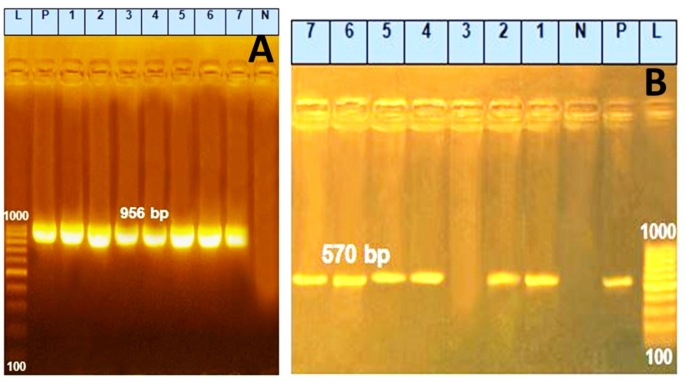“`html
Lockheed Martin Pivots to F-35,F-22 Upgrades After NGAD Loss
Despite losing the next Generation Air Dominance (NGAD) program bid,Lockheed Martin plans to leverage developed technologies for upgrades to its existing fighter jets.
Following the U.S. Air Force’s (USAF) selection of Boeing for the development of the future F-47 fighter under the Next Generation Air Dominance (NGAD) program, Lockheed Martin is shifting its focus. The aerospace giant, while disappointed, sees an prospect to apply technologies developed for its experimental “X” plane to enhance the capabilities of the F-35 Lightning II and F-22 Raptor fighters currently in service.
Lockheed Martin’s decision not to protest the Boeing selection signals a strategic pivot. Jim Taiot, CEO of the company, confirmed this on April 22, during a report to the firm’s Board of Shareholders. taiot stated,”We are not going to protest the decision of the US Government on the ngad,” adding that the company received a classified report from the USAF providing details and specific details of the decision.Lockheed Martin intends to use this feedback internally for current and future projects.
Leveraging NGAD Tech for Existing Fighters
Lockheed Martin plans to incorporate its NGAD program experience into upgrades for the F-22 and F-35. This roadmap involves applying advanced technologies to enhance the performance and capabilities of these fifth-generation fighters.

Taiot explained, “We are advancing and putting into practice all the technologies that we develop for our NGAD proposal,” further noting that they could carry 80% of the NGAD capacity “…with 50 percent of the cost per unit, taking the structure of the F-35 and applying numerous advanced technologies, some of which are already in process.”
The F-35 is currently undergoing the TR-3 upgrade, which faces its own set of challenges. Overcoming these issues is crucial for paving the way for the Block IV modernization, a significant enhancement of the aircraft’s capabilities.
Enhancing F-22 Raptor Capabilities
Similar to the F-35 upgrades, Lockheed Martin is also focusing on providing the F-22 Raptor with new capabilities. One key area of development is integrating new infrared search and track (IRST) sensors, known as TacIRST. This technology is considered essential for countering the increasing number of stealth aircraft operated by potential adversaries.

What long-term impact do you anticipate this strategic shift will have for Lockheed Martin?
Lockheed Martin’s Strategic Shift: Interview with Dr. Evelyn Reed on F-35 & F-22 Upgrades After NGAD Loss
Following the NGAD program decision, Archyde News speaks with aerospace expert Dr. Evelyn Reed about Lockheed Martin’s future plans.
Archyde News Editor: Dr. Reed, thank you for joining us today. Lockheed Martin’s strategic pivot, following the loss of the NGAD contract, is generating considerable interest. Can you elaborate on the immediate challenges and opportunities this presents for the company?
Dr. Evelyn Reed: Thank you for having me. The immediate challenge is undoubtedly transitioning the technological advancements designed for NGAD into existing platforms. Though, the opportunity is substantial. It allows Lockheed Martin to enhance the F-35 and F-22, retaining its position as a leader in advanced fighter jet technology and sustain revenue streams. This minimizes disruption while leveraging important R&D investments.
F-35 & F-22 Modernization: Practical Applications
Archyde News Editor: Let’s delve into the specifics. How realistically can technologies developed for the NGAD program be integrated into the F-35 Lightning II and the F-22 Raptor, and what are the primary benefits?
Dr.Evelyn Reed: The core architecture of the F-35 and F-22 provides a solid foundation for integration. We can see upgrades to sensors, electronic warfare capabilities, and possibly even propulsion systems being adapted. The F-35, in particular, benefits from software upgrades developed during the NGAD project. The primary benefits revolve around enhanced situational awareness, improved survivability, and an extension of the operational lifespan of thes aircraft, all while potentially improving cost effectiveness compared to growth from the ground up.

Archyde News Editor: You mentioned the TR-3 upgrade for the F-35. Given the challenges associated with it, how does this impact the overall timeline and the feasibility of implementing further upgrades based on NGAD technologies?
Dr. Evelyn Reed: The TR-3 upgrade is critical. Its prosperous implementation sets the stage for the Block IV modernization and downstream NGAD tech incorporation. Delays hear can ripple through the entire process.However, Lockheed Martin is likely managing the TR-3 issues as a top priority, recognizing its importance for future enhancements. Overcoming those challenges allows for a smoother transition into the advanced technologies developed under the NGAD program.
Focus on F-22 and Future Prospects
Archyde News Editor: Regarding the F-22,the focus seems to be on integrating new infrared search and track (IRST) sensors. Why is this technology so crucial,and what impact will it have on the Raptor’s capabilities?
Dr. Evelyn Reed: IRST, or TacIRST, provides a critical advantage, especially against stealth aircraft. It allows the F-22 to detect and potentially track targets without relying on radar, which improves its stealth capabilities. The integration equips the raptor combating a wider array of threats, enhancing its survivability and effectiveness in modern combat environments.It’s a vital step in extending the lifespan and relevance of this platform.
Archyde News Editor: Lockheed Martin has received feedback from the USAF regarding NGAD. How significant will this feedback be when they evaluate the requirements for new programs going forward?
Dr. Evelyn Reed: The feedback from the NGAD program is an invaluable knowlege base.It offers a clear understanding of the USAF’s future technology goals and will be very valuable for any future project involving the U.S. government. Knowing what was considered, what worked, and what didn’t, provides a strategic advantage in future contract proposals and research and development initiatives.
Archyde News editor: Considering all this, what do you see as the biggest long-term impact of this strategic shift for Lockheed Martin and the future of air combat technology?
Dr. Evelyn Reed: the biggest impact lies in maintaining technological leadership. lockheed Martin’s ability to integrate cutting-edge technologies into existing platforms ensures its continued relevance in the rapidly evolving field of air combat. They will make sure they keep their market share and develop future competitive products. The challenge will be effectively responding to market needs and integrating the technical data gained from their NGAD bid.
Archyde News editor: Dr. Reed, thank you for your insightful commentary, we appreciate you taking the time to speak with us.
Dr. Evelyn Reed: Thank you for having me.
Readers, what do you think of Lockheed Martin’s shift in focus? Share your thoughts on the comments!







